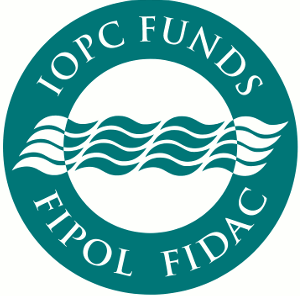Maritime Disasters: Indemnification schemes in the event of nature pollution
The FIPOL
 Faced with the Torrey Canyon wreck in 1969, IMO set up the International Fund for the Indemnification of damages caused by Hydrocarbons, (FIPOL), which provides for a fixed-ceiling plan of ship owner's liability in the occurrence of a maritime disaster. The load of indemnification rests on the main hydrocarbon importers.
Faced with the Torrey Canyon wreck in 1969, IMO set up the International Fund for the Indemnification of damages caused by Hydrocarbons, (FIPOL), which provides for a fixed-ceiling plan of ship owner's liability in the occurrence of a maritime disaster. The load of indemnification rests on the main hydrocarbon importers.
In 1992, IMO adopted new protocols tripling the maximum amount of indemnification which rose to about 245 million USD.
In 2000, member states decided to raise by 50% the indemnification upper limit provided for in initial conventions. This way, the total amount available for the indemnifications has been elevated to about 370 million USD per claim. This measure has been in force as of November 2003.
In 2003, Europe consolidated the plan by creating the European Agency of Maritime Safety whereas the IMO adopted a new protocol for the institution of an additional indemnification fund, (FIPOL II), allowing the mobilisation of a total 1 325 million USD designed to indemnify loss victims. The financial burden of indemnifications is provided by the contribution of the companies which import in each member state more than 150 000 tons per year of hydrocarbons via seaways.
Read also | Maritime disasters: risks and consequences
The Oil Pollution Act (OPA)
The United States, on their part, took more severe measures. They promulgated, in 1990, the oil Pollution Act (OPA) which provides for a third party liability whose amount was calculated according to the ship's tonnage.
OPA requires new oil tankers to be outfitted with a double hull and denies single-hull ships access to American waters. This ban came into effect in 2000 and applies to 23 to 25-year-old, 30 000-ton single-hulled ships. In 2012, the ban shall apply to all ships with more than 5000 tons and devoid of double bottom or double wall.
To discover | Maritime disasters: prevention and control